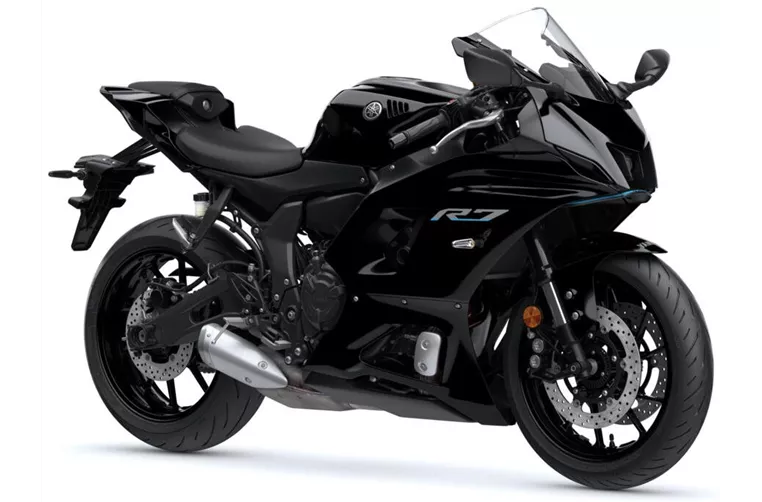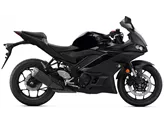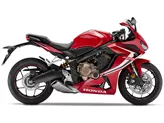Yamaha R7 2021 vs. Kawasaki Ninja 650 2017
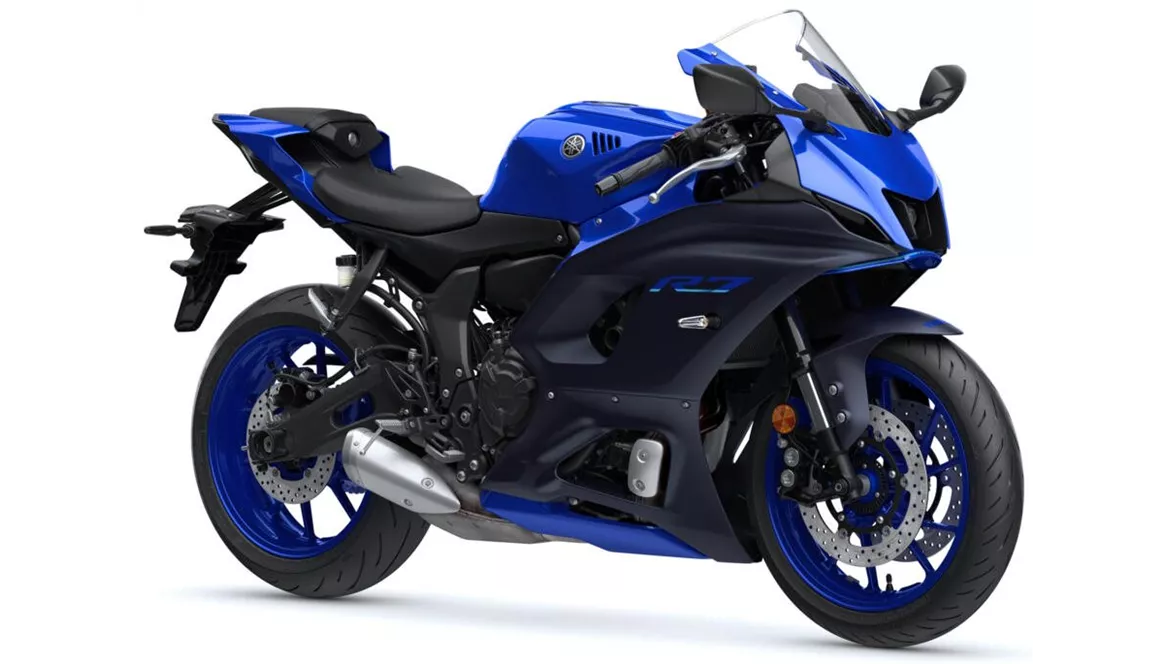
Yamaha R7 2021

Kawasaki Ninja 650 2017
Overview - Yamaha R7 2021 vs Kawasaki Ninja 650 2017
The Yamaha R7 2021 and the Kawasaki Ninja 650 2017 are both supersport motorcycles with similar engine configurations. The Yamaha R7 2021 features an inline engine with a bore of 80mm and a stroke of 68.6mm, producing a power output of 73.4 HP and a torque of 67 Nm. On the other hand, the Kawasaki Ninja 650 2017 also has an inline engine but with a slightly larger bore of 83mm and a shorter stroke of 60mm, resulting in a power output of 68.2 HP and a torque of 65.7 Nm.
In terms of engine performance, the Yamaha R7 2021 has a higher power output and torque compared to the Kawasaki Ninja 650 2017. This difference in power can be attributed to the Yamaha R7's higher compression ratio of 11.5 compared to the Kawasaki Ninja 650's compression ratio of 10.8.
Both motorcycles feature a 2-cylinder engine with 4 valves per cylinder and a DOHC valve configuration. This valve configuration allows for better airflow and increased engine efficiency.
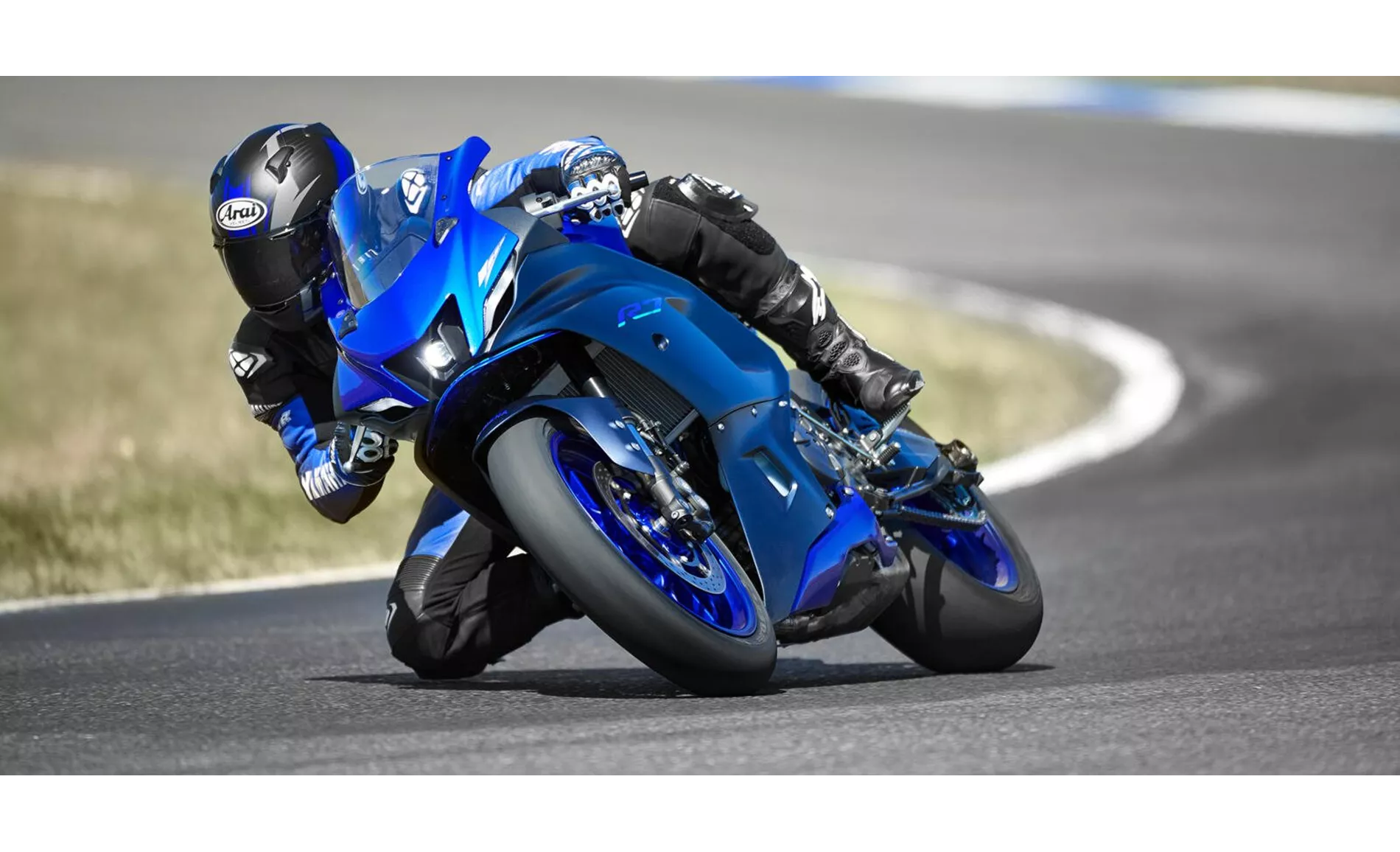
Yamaha R7 2021
In terms of suspension, both motorcycles have a telescopic front fork and a rear swingarm with a monoshock. The Yamaha R7 2021 has a front fork diameter of 41mm, while the Kawasaki Ninja 650 2017 has the same diameter.
In terms of chassis, both motorcycles have a steel frame. The Yamaha R7 2021 has a rake angle of 66.3 degrees, while the Kawasaki Ninja 650 2017 has a slightly smaller rake angle of 65.5 degrees.
Both motorcycles feature dual disc brakes at the front, but the Yamaha R7 2021 utilizes radial technology for its brakes, providing better braking performance and control. The Kawasaki Ninja 650 2017, on the other hand, uses petal technology for its brakes.
Both motorcycles come equipped with ABS, providing advanced rider assistance systems for improved safety.

Kawasaki Ninja 650 2017
In terms of dimensions and weights, the Yamaha R7 2021 has a front tire width of 120mm and a rear tire width of 180mm, while the Kawasaki Ninja 650 2017 has a front tire width of 120mm and a rear tire width of 160mm. The Yamaha R7 2021 has a wheelbase of 1395mm, while the Kawasaki Ninja 650 2017 has a slightly longer wheelbase of 1410mm. The Yamaha R7 2021 weighs 188kg with ABS, while the Kawasaki Ninja 650 2017 weighs slightly more at 193kg with ABS. Both motorcycles have a fuel tank capacity of 13 liters for the Yamaha R7 2021 and 15 liters for the Kawasaki Ninja 650 2017.
In terms of strengths, the Yamaha R7 2021 has a high torque CP2 engine, a sporty riding position, a well-configured suspension, and comes with good trackday tires as standard. The Kawasaki Ninja 650 2017 has a transparent chassis for sport riding, playful and fun handling, excellent brakes, an elegant appearance reminiscent of the ZX-10R, and a durable engine.
As for weaknesses, the Yamaha R7 2021 could benefit from having a quick-shifter as standard. The Kawasaki Ninja 650 2017 has a lack of sound from the exhaust as standard and the engine exhibits slight vibrations.
Technical Specifications Yamaha R7 2021 compared to Kawasaki Ninja 650 2017
Pros and Cons in comparison
Pros and Cons in comparison
Yamaha R7 2021
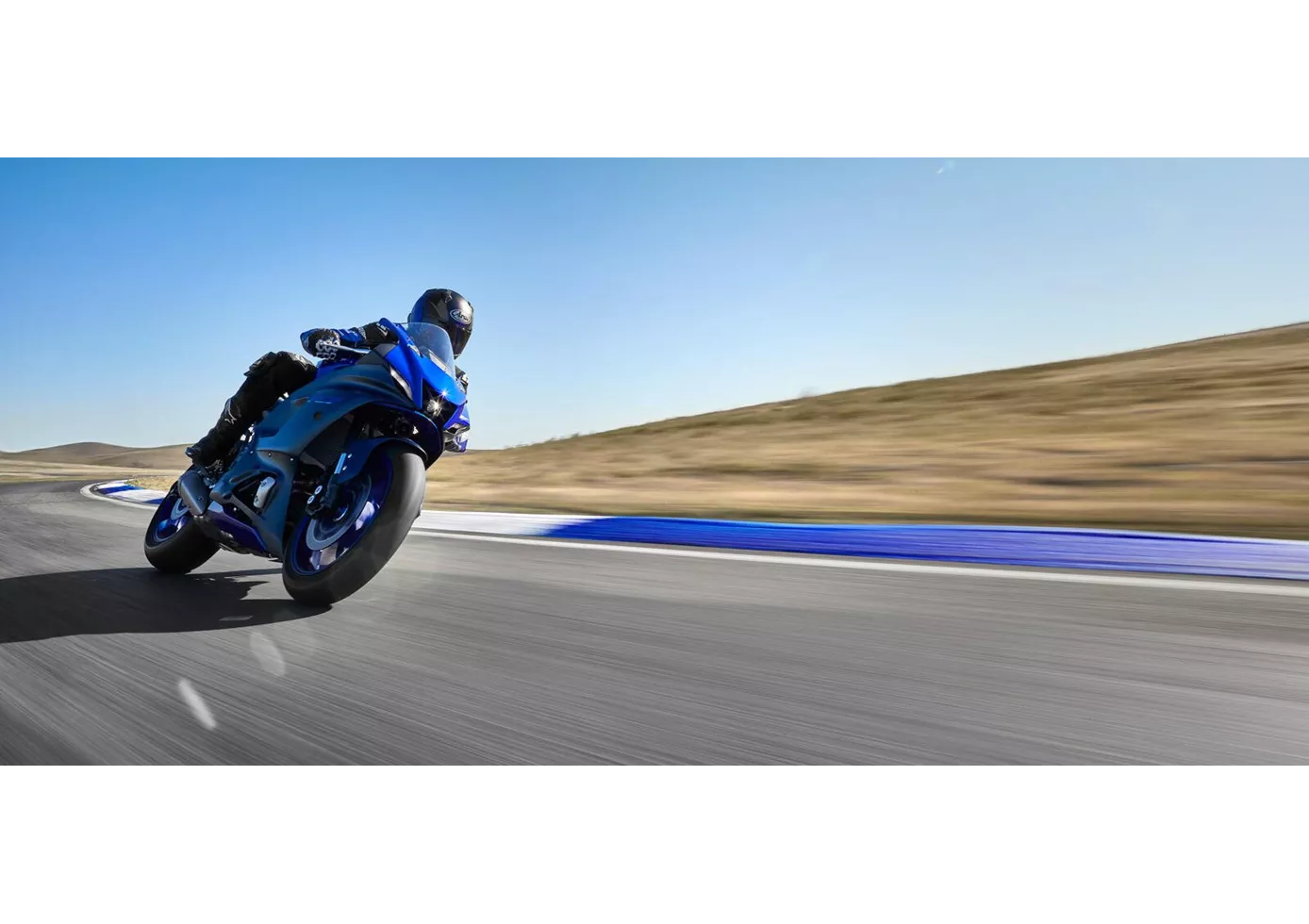
Apesar da combinação bastante idiossincrática da sensata unidade de potência de gama média de 73,4 cv e do visual extremamente agressivo e desportivo, a R7 não é de forma alguma uma ovelha em pele de lobo. O desempenho, que se situa algures entre a R3 e a R6, revelou-se muito mais forte na prática do que os valores puros no papel poderiam sugerir e, em termos de geometria, chassis, travões e pneus, os engenheiros da Yamaha fizeram realmente o seu trabalho de casa. Para além disso, a Yamaha R7 tem todas as qualidades para se divertir imenso numa pista de corrida compacta como Pannoniaring, por exemplo, mesmo sem um grande investimento. Mas é claro que ela se sente melhor na estrada rural, e é aí que ela pertence em primeiro lugar, em nossa opinião. Tendo em conta o pacote global, o preço de compra é mais do que justo - por isso não é um problema o facto de a alavanca de velocidades não estar incluída e ter de ser adquirida como opção.
Kawasaki Ninja 650 2017

A Ninja 650 é um selo firme da sua antecessora (Er-6f). O motor dominou bem a barreira do Euro 4 e oferece 68 cv muito úteis, o chassis é simplesmente fantástico para esta classe e a redução de peso de 18(!) quilos em comparação com a ER-6f justifica acenos de cabeça reverentes.
Price Comparison Avarage Market Price Yamaha R7 vs Kawasaki Ninja 650
There are a few key differences between a Yamaha R7 2021 and a Kawasaki Ninja 650 2017. It takes less time to sell a Kawasaki Ninja 650 with 96 days compared to 161 days for the Yamaha R7. Since model year 2021 1000PS.de editors have written 9 reviews for the Yamaha R7 and 20 reviews for the Kawasaki Ninja 650 since model year 2017. The first review for the Yamaha R7 was published on 18/05/2021 and now has more than 92.800 views. This compares to more than 79.600 views for the first review on Kawasaki Ninja 650 published on 04/10/2016.
